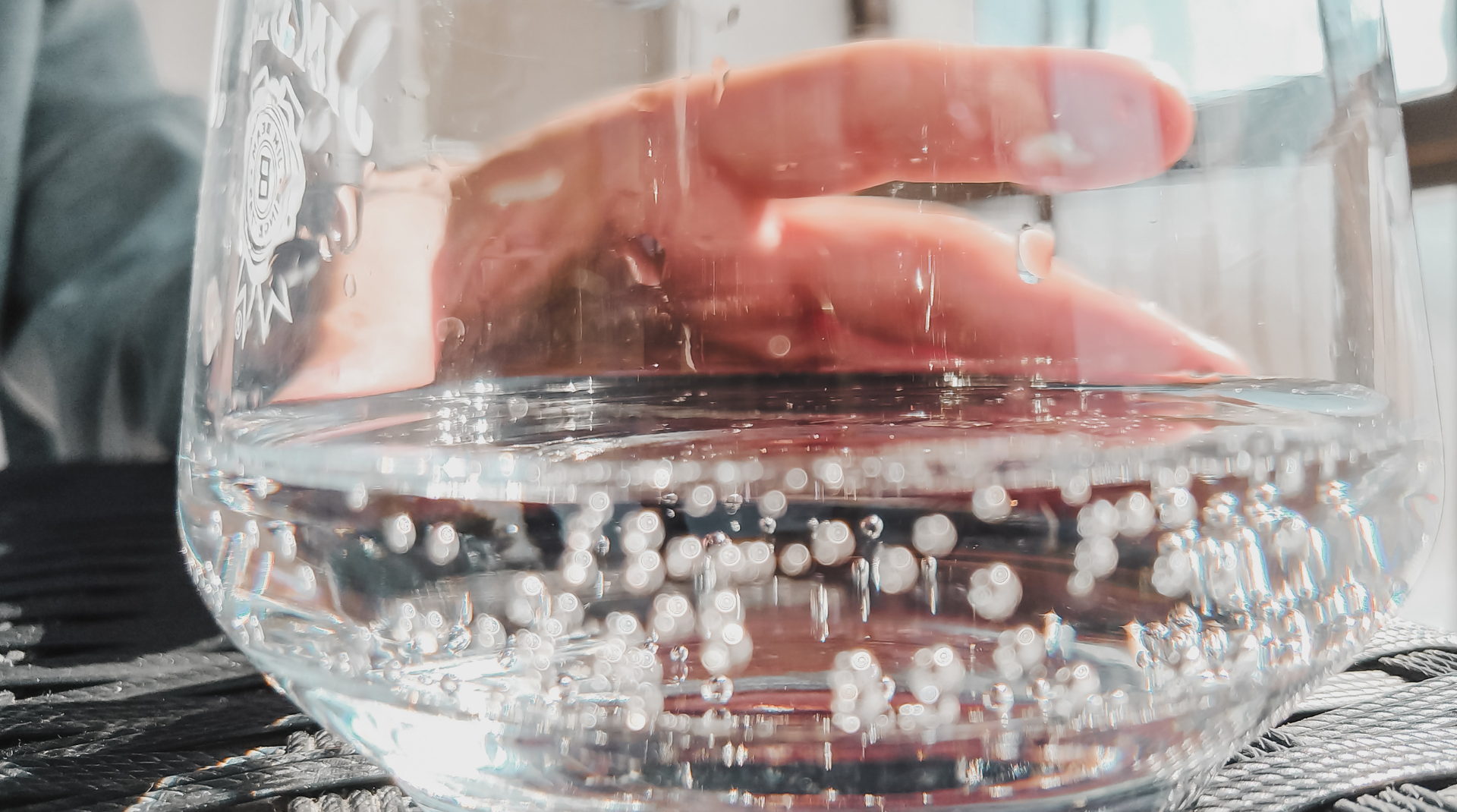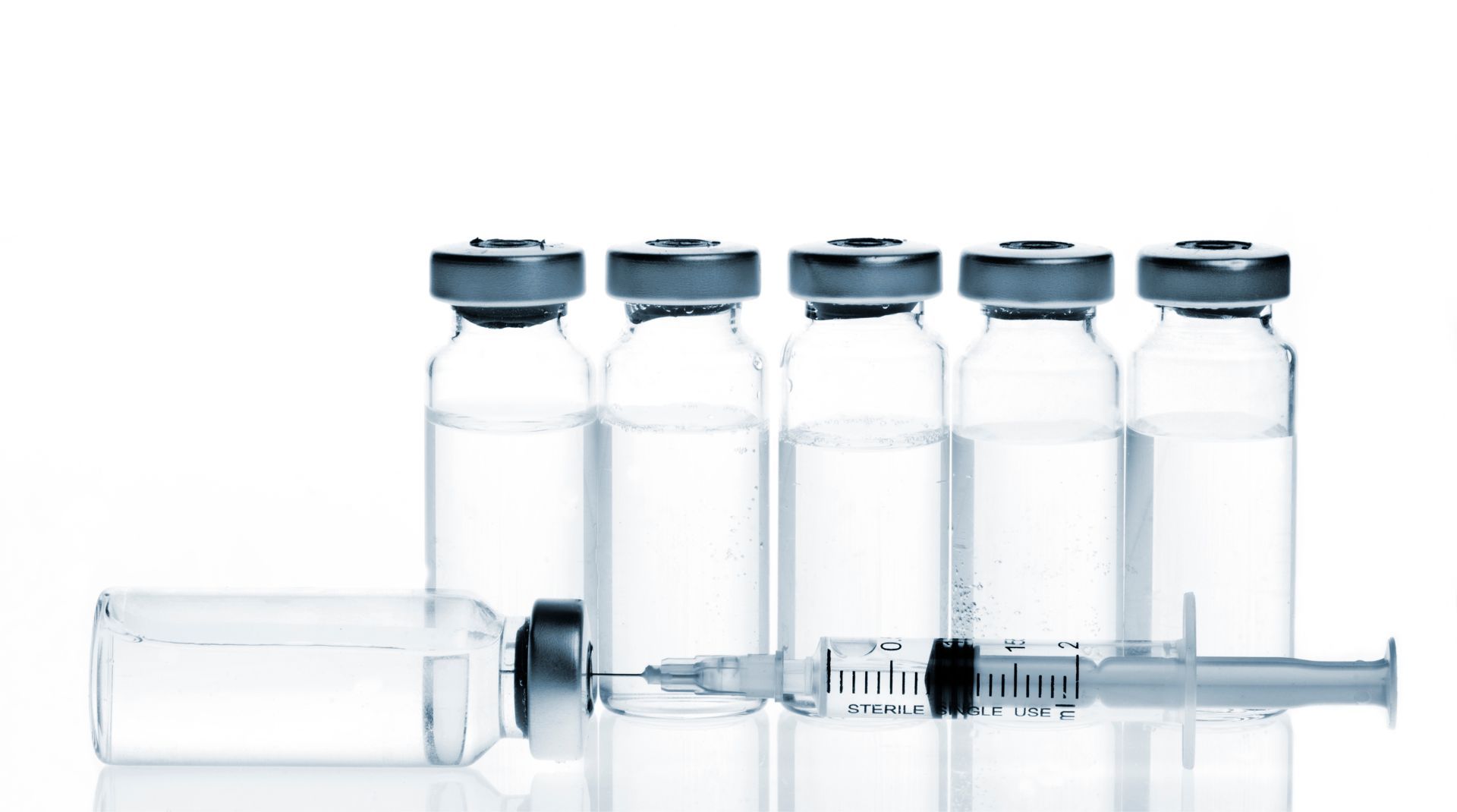Teeth Whitening 101: How Does Teeth Whitening Work?
Smiling is an instant mood booster. It helps reduce stress, make us more likable, and appear friendlier, thanks to the happy hormones that come with it. But even with the numerous benefits a person gets from smiling, it can become one of people’s most common insecurities. Especially when smiling means exposing dull and yellow teeth. Leading to the use of whitening products or getting professional teeth whitening procedures or dental restorations.
What Is Teeth Whitening Treatment?
The tooth-whitening process involves active ingredients called hydrogen peroxide or carbamide peroxide. These bleaching agents penetrate through the tooth enamel and the outer layer of the teeth.
During a professional teeth whitening procedure, the oxidation or breakdown of the stains is intensified and accelerated with blue light with 480 nm to 520 nm wavelength. Some dentists utilize laser systems to speed up the chemical reactions during teeth whitening. Some dentists use other systems that do not involve a blue light to help reduce the intensity and sensitivity.
How Does Teeth Whitening Work?
The tooth-whitening process involves active ingredients called hydrogen peroxide or carbamide peroxide. These bleaching agents penetrate through the tooth enamel and the outer layer of the teeth.
During a professional teeth whitening procedure, the oxidation or breakdown of the stains is intensified and accelerated with blue light with 480 nm to 520 nm wavelength. Some dentists utilize laser systems to speed up the chemical reactions during teeth whitening. Some dentists use other systems that do not involve a blue light to help reduce the intensity and sensitivity.
What Are the Two Types of Tooth Stains?
One factor to consider when removing tooth discoloration is the type of tooth stain you have. It’s because one method can address each type better than the other.
Tooth stain types include:
Intrinsic Stains
These stains are located inside the tooth enamel and are caused by certain medications, injuries, or diseases. The color of the stains can vary from yellow to brown, depending on their severity. Intrinsic stains are more difficult to remove than extrinsic stains because they penetrate deeper into the tooth’s enamel. At-home whitening kits and over-the-counter products can’t do much to remove intrinsic stains. Instead, these types of stains must be treated by a dentist.
Extrinsic Stains
These are the stains found on the surface of the tooth. Coffee, artificial food colorings, smoking, and other environmental exposures cause these surface stains. As intrinsic stains, extrinsic stains can also be linked to antibiotic use. These stains can be treated with at-home whitening kits, over-the-counter products, and professional dental treatments.
What Are the Teeth Whitening Methods?
In-Office Whitening
In-office teeth whitening is a professional procedure conducted in a dental office by either the dentist or another trained member of their team such as the dental hygienist or dental assistant. This treatment is more effective than DIY or take-home kits as it uses higher concentrations of hydrogen peroxide or carbamide to provide more immediate and dramatic results. As such, your dentist will protect your gingival tissues by placing a gingival barrier before applying the whitening gel to your teeth.
In-office teeth whitening session typically takes 1-2 hours, depending on the severity of your teeth discoloration. This whitening treatment can lighten your teeth many shades. However, sometimes you may need more than one session to achieve your desired results.
Take-Home Whitening Kits
Take-home whitening kits are custom-made trays, which you can apply at home. They contain low concentrations of peroxide that gradually lighten tooth stains up to six shades, usually within 7–14 days.
A member of the dental team will go over the instructions for proper application and usage; some may even come with a desensitizing gel to reduce any possible sensitivity during treatment. Although these products are not as powerful as professional whitening treatments, they are more effective than over-the-counter products.
Whitening Toothpaste
These products usually contain higher amounts of bleaching agents and abrasives than regular toothpaste. This allows them to remove tough stains. These include silica, hydrogen peroxide, or carbamide peroxide, which can lighten the teeth slightly or be used to help maintain your shade.
Whitening Strips and Gels
These are over-the-counter products that use hydrogen peroxide as a whitening agent. Whitening strips have a thin layer of peroxide gel in a plastic strip that can be shaped to fit onto the buccal surfaces of the teeth. Various strips are already on the market, and each comes with instructions. Most of the time, these strips are used twice daily, 30 minutes each session, for two weeks. Like whitening toothpaste, they lighten the teeth slightly.
On the other hand, whitening gels use a peroxide-based gel. It is placed on a small brush and applied directly to the enamel surface of the teeth, lightening them by one to two shades.
Whitening Rinses
Whitening rinses employ hydrogen peroxide or other oxygen sources to react with the stains on your natural teeth. They are usually used for up to 3 months in combination with other teeth whitening procedures to see visible results. However, the effects may only be temporary.
How Long Do Teeth Whitening Results Last?
As much as we would want our pearly white smiles to last forever, they won’t. The result duration of your whitening treatment varies, depending on your teeth whitening method, your lifestyle and habits, and your oral hygiene. The effects can generally last as short as six months up to two to three years. However, your dentist can recommend a maintenance regimen to help maintain your results.
Here’s a breakdown of how long the results of each treatment type typically last:
In-office teeth whitening: Up to 2 to 3 years
Take-home teeth whitening kits: Up to 1 to 2 years
Over-the-counter whitening toothpaste: Up to 3 to 4 months
Over-the-counter whitening mouth rinses: Up to a few weeks
Over-the-counter whitening strips: Up to 6 months
Remember that consuming tooth-staining foods and beverages like berries, beetroot, red wine, and coffee will quickly dull your teeth’s whiteness. Bad habits like smoking and not brushing your teeth also contribute to staining. Avoid these to prolong the whitening effect of your treatment.
Furthermore, it’s important to note that teeth whitening treatment does not work on crowns, fillings, dentures, and veneers.
Can Teeth Whitening Damage Teeth?
Teeth whitening is a generally safe procedure but may sometimes cause side effects. During teeth whitening, the teeth may become dehydrated. The bleaching agent used will reverse the tooth discoloration, essentially “bleaching” the teeth. This process does not cause damage to the layers of the teeth but may lead to temporary gum irritation or tooth sensitivity. These should resolve on their own after a few days.
Permanent damage to tooth enamel is also possible with excessive teeth whitening procedures or longer use of whitening kits than recommended. You know what they say, too much of anything is a bad thing!
Key Takeaways
There are various ways to achieve a white smile. At-home kits and other over-the-counter products can be done in the comfort of your home, while in-home teeth whitening can be done at the dentist’s office.
If your concern is more on mild extrinsic staining, over-the-counter products, like whitening toothpaste, gels, or mouth rinses, can be your options. But note that these products can cause tooth sensitivity or irritation, so use them as recommended. In case of severe discoloration, take-home teeth whitening kits or in-office systems are ideal. Ultimately, it’s always best to consult your dentist before trying any teeth whitening product. They will be able to assess your oral health and provide advice on the most suitable treatment for your needs.


